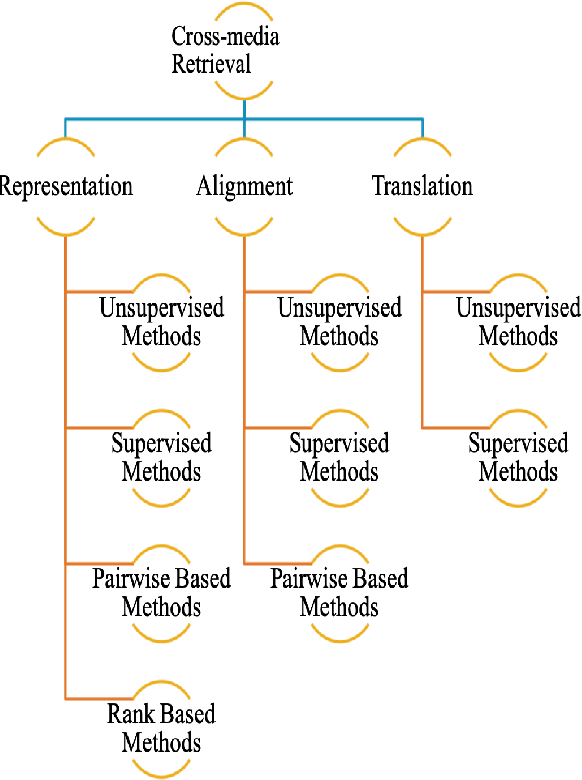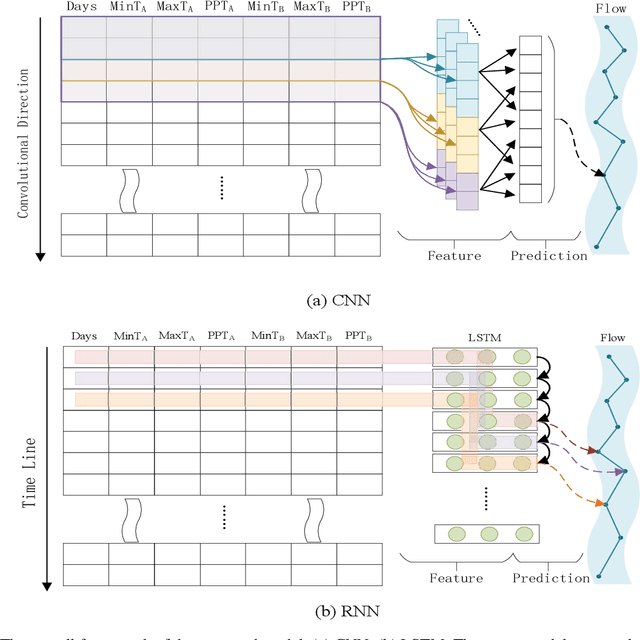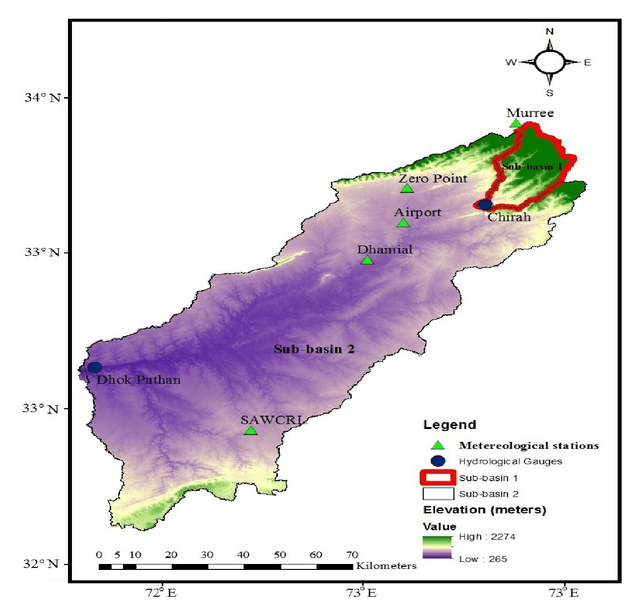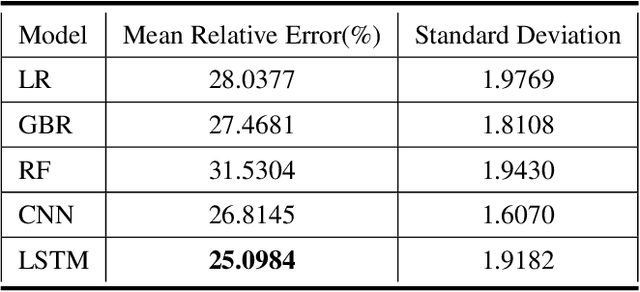Shanshan Tu
Deep Learning Techniques for Future Intelligent Cross-Media Retrieval
Jul 21, 2020



Abstract:With the advancement in technology and the expansion of broadcasting, cross-media retrieval has gained much attention. It plays a significant role in big data applications and consists in searching and finding data from different types of media. In this paper, we provide a novel taxonomy according to the challenges faced by multi-modal deep learning approaches in solving cross-media retrieval, namely: representation, alignment, and translation. These challenges are evaluated on deep learning (DL) based methods, which are categorized into four main groups: 1) unsupervised methods, 2) supervised methods, 3) pairwise based methods, and 4) rank based methods. Then, we present some well-known cross-media datasets used for retrieval, considering the importance of these datasets in the context in of deep learning based cross-media retrieval approaches. Moreover, we also present an extensive review of the state-of-the-art problems and its corresponding solutions for encouraging deep learning in cross-media retrieval. The fundamental objective of this work is to exploit Deep Neural Networks (DNNs) for bridging the "media gap", and provide researchers and developers with a better understanding of the underlying problems and the potential solutions of deep learning assisted cross-media retrieval. To the best of our knowledge, this is the first comprehensive survey to address cross-media retrieval under deep learning methods.
Water Preservation in Soan River Basin using Deep Learning Techniques
Jun 26, 2019



Abstract:Water supplies are crucial for the development of living beings. However, change in the hydrological process i.e. climate and land usage are the key issues. Sustaining water level and accurate estimating for dynamic conditions is a critical job for hydrologists, but predicting hydrological extremes is an open issue. In this paper, we proposed two deep learning techniques and three machine learning algorithms to predict stream flow, given the present climate conditions. The results showed that the Recurrent Neural Network (RNN) or Long Short-term Memory (LSTM), an artificial neural network based method, outperform other conventional and machine-learning algorithms for predicting stream flow. Furthermore, we analyzed that stream flow is directly affected by precipitation, land usage, and temperature. These indexes are critical, which can be used by hydrologists to identify the potential for stream flow. We make the dataset publicly available (https://github.com/sadaqat007/Dataset) so that others should be able to replicate and build upon the results published.
 Add to Chrome
Add to Chrome Add to Firefox
Add to Firefox Add to Edge
Add to Edge